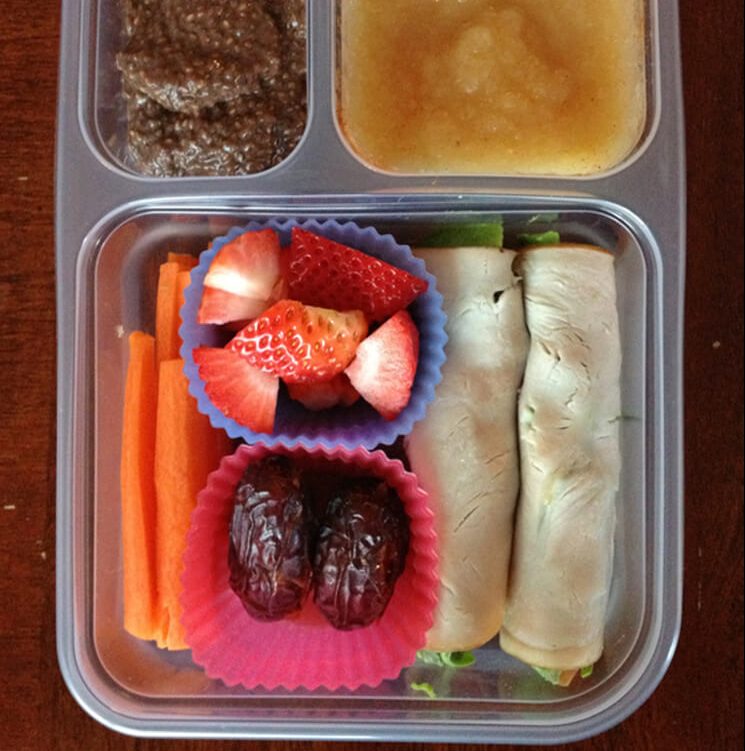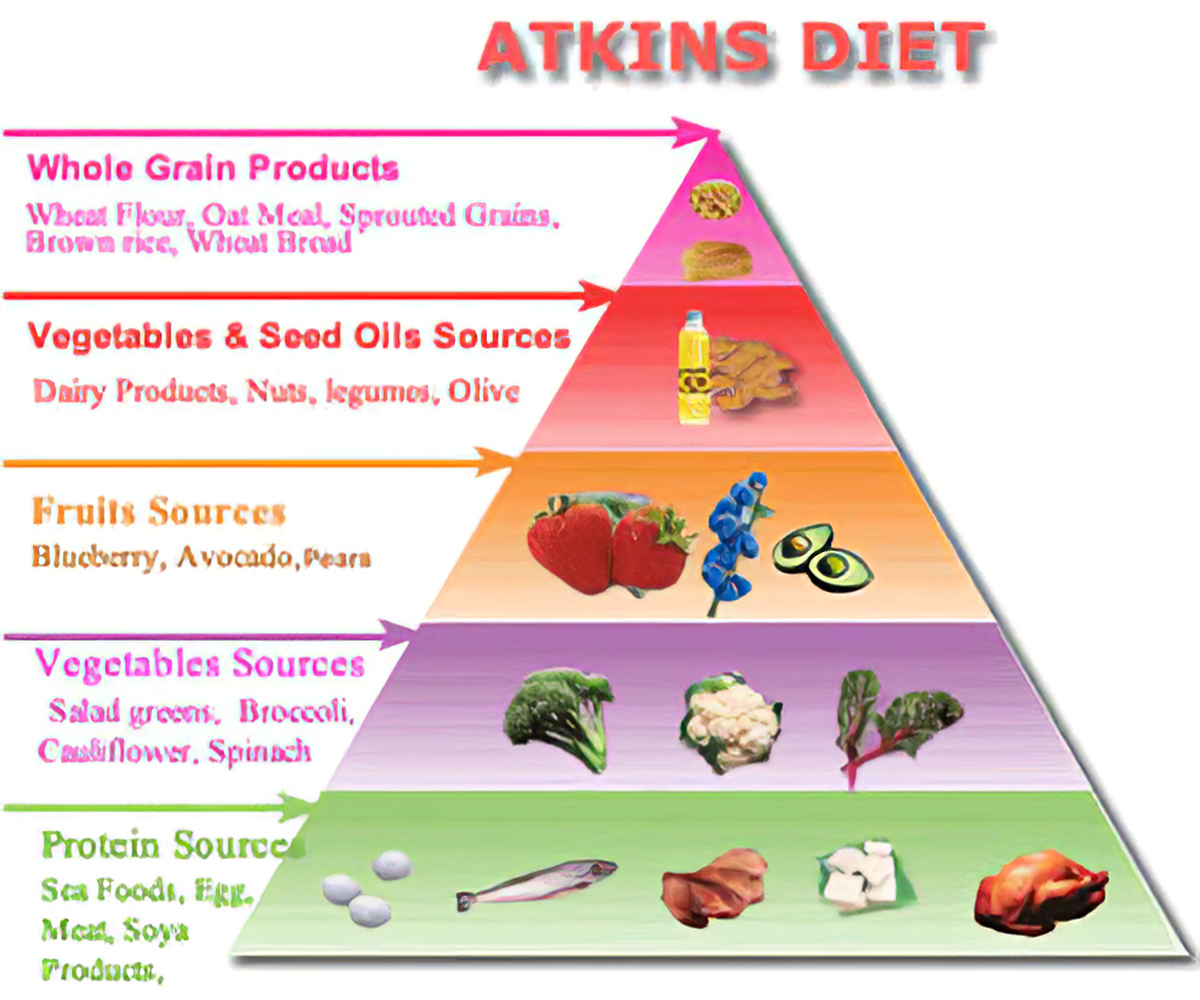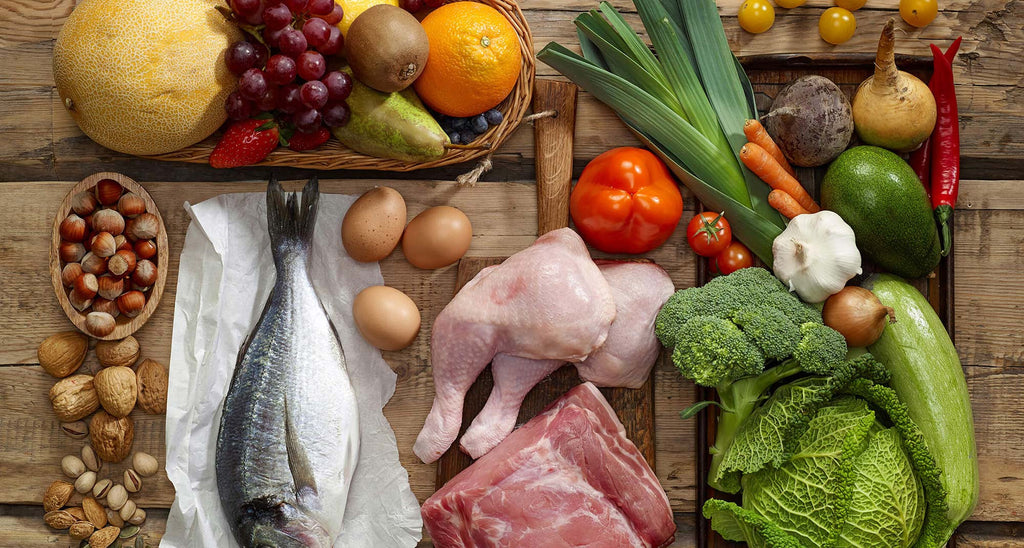
You might be curious about the Paleo diet and what you can eat. To live a healthier and happier life, here are some things you shouldn't eat. Common additives include aspartame, calcium sorbate, monosodium glutamate (MSG), nitrates, potassium bromate, saccharin, artificial sweeteners, and GMOs.
Processed foods
It is rare to find processed foods in nature. These processed foods are manufactured in laboratories and can be loaded with artificial preservatives or ingredients. They lack nutrients, fiber, or protein. A paleo diet means that you will avoid processed food. What foods should you avoid? Continue reading to find out which foods you should avoid while following a paleo diet.
Refined sugars
Paleo doesn't allow refined sugars to be eaten. These products can be loaded with additives that can cause harm to your body. Refined sugars can be eaten in moderation and in very small quantities. Ezekiel bread can be made with grains, legumes, goat milk, or you could also try it.
Phytic acid is found in grains

Phytic acids is a compound that can be found in grains or other plants. It interferes with our body's ability of absorbing minerals. It is particularly problematic in countries with low levels vitamin A and iron. Paleo does not ban phytic acids. There are several ways to reduce its effects. Pre-soaking grains can help, as can cooking legumes for longer times. But, there is no good or bad answer to this question.
Vegetable oils
Although vegetable oils are an increasingly popular addition to modern cooking, are they healthy? They are high in omega-3 and polyunsaturated oils, which is not good for the Paleo diet. Even though they are organic, well-sourced and cold pressed vegetable oils can still contain unhealthy polyunsaturated butters that are harmful to your body. There are alternatives to these oils that you can use in your cooking.
Fruits
Apples are a staple on the paleo diet and one of the most popular foods. While they are high in calories, they are also extremely nutritious. A medium-sized apple contains approximately 10 grams sugar and more that 2 grams fiber. Compared to apples, bananas and melons are also not considered true paleo foods. If you're really committed to sticking to your diet, it might be worth adding one of the following fruits to your list.
Organic fruits
Paleo-style diets should only be followed by organic, non GMO vegetables. Organic produce will contain less pesticides, trace chemicals, and be more nutritious. It is possible to select organic produce that has low pesticide residues, such as items from the Environmental Working Group’s Clean 15 lists. Each year, the Environmental Working Group publishes lists that list the "dirtiest" or "cleanest" foods.
Meat

A grocery list is the first step in Paleo eating. You will be more likely to follow your plan than get lost in the grocery aisles. A grocery list will not only help you stay on track but it will also help to identify foods that are suitable for the paleo diet. These are some foods that you should avoid eating on Paleo.
FAQ
Are there any ingredients I can buy to cook?
You don't have to buy all ingredients. Many grocery stores carry pre-made sauces and items that can be used as substitutes. However, you can save money by buying pre-made meals.
Where can I find free online cooking lessons?
Numerous websites offer free cooking lessons. YouTube can be searched for videos showing you how to make different meals. You can access thousands of recipes from some websites. These sites usually require you to pay a monthly fee, but you can try them out for free for 30 days.
Do I need special equipment to cook?
It doesn't take any special equipment or tools to learn to cook. However, having the right tools can make cooking easier. To make pasta easier, you can use a knife to cut the pasta and a whisk to whip up egg whites to stiff peaks. It makes cooking much easier and quicker.
How can I learn how to cook like a professional chef?
Cooking can be a great way for you to grow as a person. Cooking healthy meals for your family and friends is a great way of increasing self-confidence and learning new skills. Start cooking at home if you want to learn how to cook. First, find out which recipes appeal to you. You can then read books about other cuisines like Mexican, Chinese and Italian. Finally, practice making different dishes until you feel comfortable doing them.
How Much Does it Cost to Learn Culinary Arts Skills?
You will find that the price to study culinary arts is variable. A four-year degree usually costs around $40,000. A two year associate's degree might cost less than $5,000. Tuition rates depend on the type of program you select. Public institutions are more expensive than private institutions.
Is there a better career path for someone who dreams of becoming a chef? How can I start my career as a chef?
An apprenticeship is a good way to start your career as a chef. Apprenticeships give you the opportunity to work for many years without having to pay tuition fees. After your apprenticeship is completed, you can apply to be a sous chef. Sous chefs work with cooks to prepare dishes and supervise them. They also oversee the restaurant's operations.
Is there a difference in a chef and a cooker?
A chef prepares food for other people. A cook prepares meals for others. Both jobs require the preparation of food. However, chefs work directly with their customers. This means that they may have to decide what dishes to prepare for their customers based on their preferences. Cooks don't interact with customers. He or she makes sure that the food is delicious before serving it.
Statistics
- The median pay for a chef or head cook is $53,380 per year or $25.66/hour, according to the U.S. Bureau of Labor Statistics (BLS). (learnhowtobecome.org)
- under 10 Kids have been taught that there is special food just for them, and Fiese says that 10 percent of kids will throw a tantrum if they don't get the food they want. (washingtonpost.com)
- You'll be amazed that over 90% of CIA students receive scholarships and grants to finish their culinary studies. (ischoolconnect.com)
External Links
How To
How to make a perfect eggroll
Omelets is one of my favourite breakfast foods. But how do you make them perfectly? I have tried many different recipes and methods, but none of them work. So I wanted to share some tips and tricks so that you can make delicious, fluffy omelets every morn.
Before we start making omelets, let's remember that eggs are temperamental. You must get them fresh, organically, and keep them cold until you cook. They must be kept cool, otherwise the whites will not form properly and the yolks may become runny. This causes your omelets to look oddly colored. If you intend to cook your eggs immediately, it's best to use room-temperature egg.
You can also separate the egg before you add it to the pan. You don't want any white to get mixed up with the yolk because this could cause the omelet to curdle.
You could end up burning the bottom half of the egg if the egg is added directly to the heat source. Instead, put the egg in the microwave for 10 seconds before putting it into the pan. The microwave heat cooks your egg just right, without it becoming too soft.
Let's now talk about mixing eggs. Mix eggs well together. To do this, grab the bowl of the mixer and turn it upside down. Then, vigorously shake the bowl. The egg will be thoroughly mixed in the bowl as the air is whipped.
Now it's time to have fun: pour the milk into the mixture. First, pour half of the milk into the beaten eggs and then fold the eggs gently into the remaining milk. Don't worry if there are still streaks of egg visible; these streaks will disappear once you flip the omelet.
After folding the eggs, place the pan on medium heat and wait for the oil to start sizzling. Once the oil starts getting hot, add 1/4 cup of butter to the pan and swirl it around to coat the entire surface of the pan. Open the lid and sprinkle salt on the pan. A pinch of salt will help prevent the omelet from sticking to the pan.
Cover the pan once the omelet is formed and allow it to cool completely. Flip the omelet by using a spatula. Cook the other side for about a minute. Take out the omelet and place it in a bowl.
This recipe works best with whole milk, but skimmed milk also works.